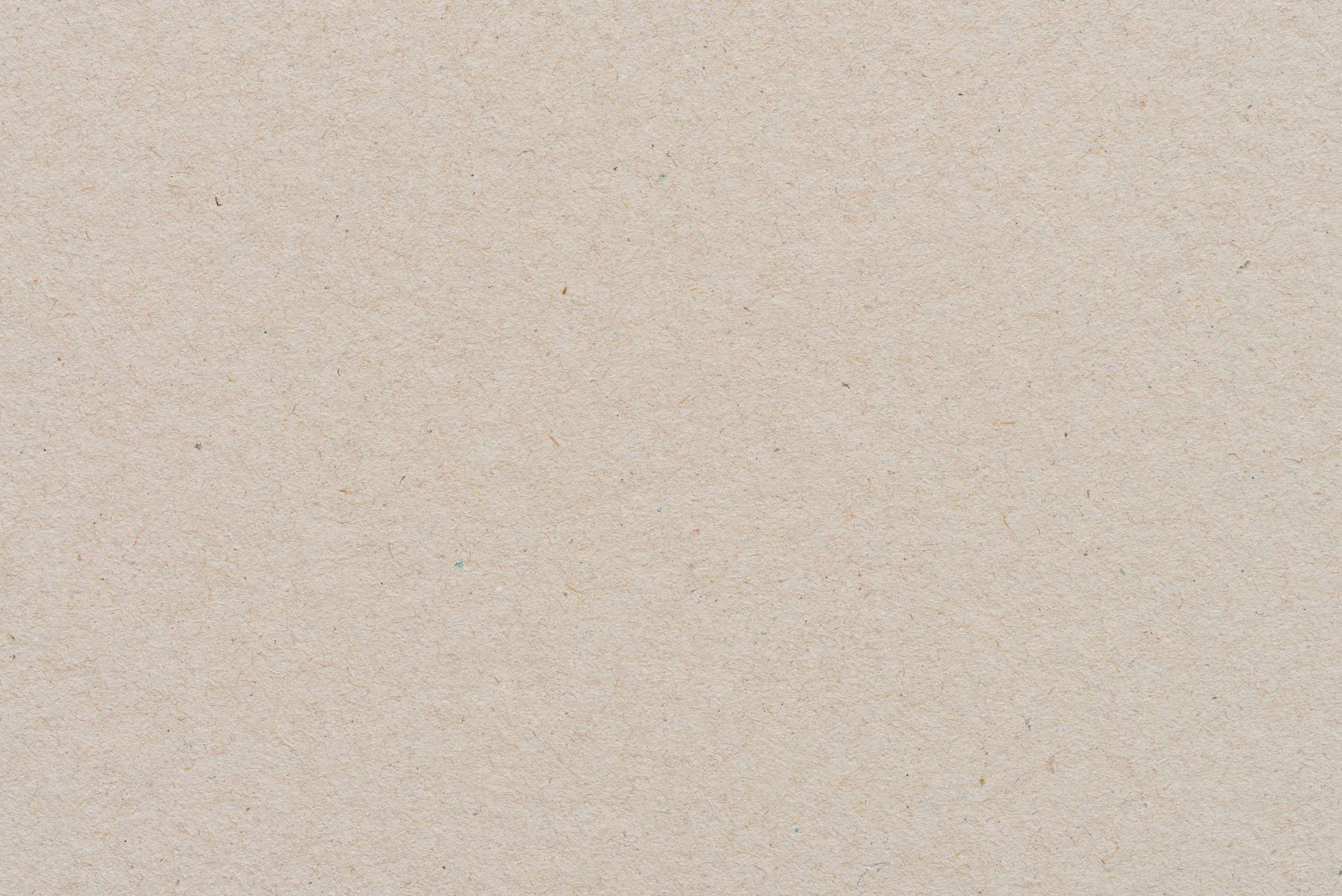
Colors of the Rainbow
LESSON 1
Children explore color recognition and mixing by reading "Eating the Alphabet," identifying foods and their colors, and painting the colors of the rainbow.
The book, “Eating the Alphabet” by Lois Ehlert
Acrylic Paints - each color of the rainbow, or primary colors to mix
Paint brushes
Tissue paper, paper, or cardstock
Paint smock
Materials
Gather materials.
Prepare a workspace by covering the surface to protect it from spills and paints.
Preparations
Facilitate a discussion about fruits and vegetables to practice vocabulary and color recognition.
Demonstrate the process of mixing primary colors to create secondary colors.
Support children as they paint various colors on paper.
Help children establish and follow rules, promoting responsibility and organizational skills.
Objectives for Teachers
Children identify and name various fruits and vegetables.
Children practice color recognition by locating specific colors in the book.
Children learn about primary colors and how they mix to create secondary colors through hands-on painting activities.
Children develop fine motor skills by painting.
Objectives for Children

Collect and Connect
Rainbow Stew Activity
Watch the video here and sing along. You can also create your own fruits and vegetables out of felt or paper or use play food you have on hand to make your own rainbow stew while you sing.
Rainbow Stew Song
Take an apple
Put it in the pot
Stir it, stir it, stir it a lot.
Take it out. What will it be?
The prettiest red you ever did see.
(continue with foods of choice)

Activity Flow
Begin this lesson by initiating a conversation about the rainbow stew song and activity. Here are some questions you might ask:
What fruit or vegetable is your favorite to eat?
What color is it?
What other fruits and vegetables do you like?
2. Next, introduce the book "Eating the Alphabet" to your child. Show them the cover and ask what foods and colors they recognize. Explain that the book is full of colorful fruits and vegetables. Say, "Let's read the book and see if we can find all the colors of the rainbow."
3. As you read, encourage your child to identify the foods and their corresponding colors. Adapt the activity based on your child's age and familiarity with colors. For beginners, practice color recognition by naming each color. For those who already know their colors, turn it into a game by asking them to find specific colors, like red or orange, on each page.
4. After the story, share with your child that you will be painting all the colors of the rainbow today. Introduce the painting activity and explain that before starting, it's important to understand some rules to keep messes to a minimum. It might be helpful to come up with these rules together.
5. Next, cover the table with protective coverings to prevent any paint spills. Make sure your child is wearing an old T-shirt or apron to protect their clothes.
6. Show your child the primary colors of paint (red, yellow, blue). Explain that these colors will create all the colors of the rainbow. Involve your child in the mixing process. Demonstrate how to mix two primary colors to create a secondary color. Encourage your child to guess what color will result from each combination.
Mix red and yellow to make orange.
Mix yellow and blue to make green.
Mix blue and red to make purple.
7. Using one sheet of paper, start with red paint. Have your child paint the paper red. Then move on to orange. Show them how to mix red and yellow to create orange, then paint the next paper. Continue this process for each color of the rainbow: yellow, green, blue, and purple.
8. Once all the papers are painted, leave it on the table to dry. Make sure it is placed in a safe area where it won't be disturbed.
9. After the tissue paper has dried completely, store it in a safe place. You'll use these colorful papers in activities over the next couple of weeks during this unit.



